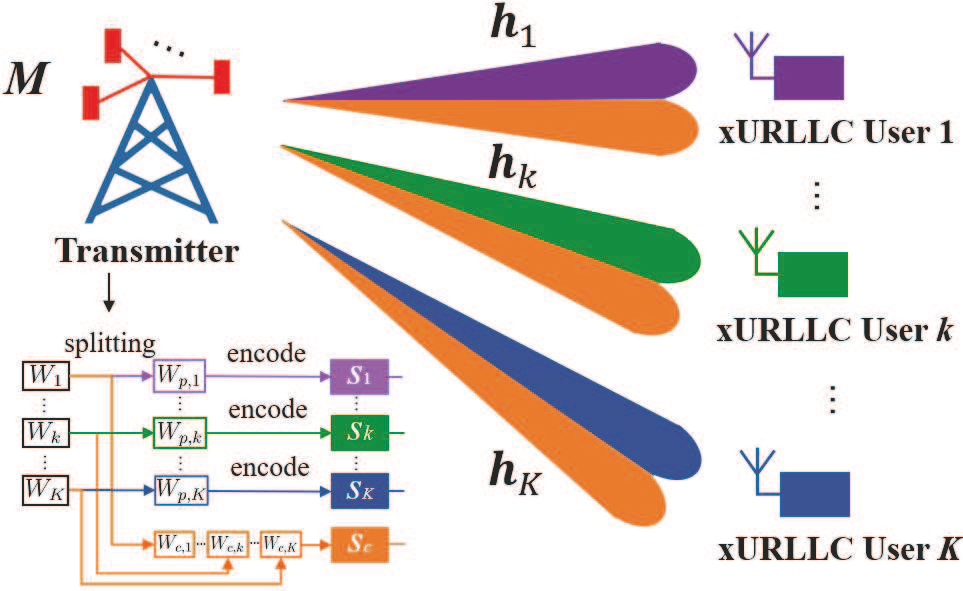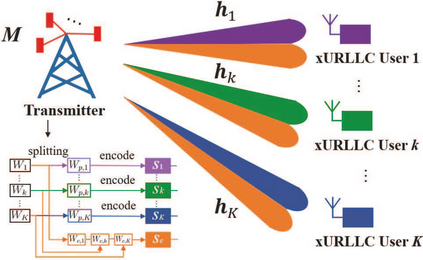The next generation ultra-reliable and low-latency communications (xURLLC) need novel design to provide satisfactory services to the emerging mission-critical applications. To improve the spectrum efficiency and enhance the robustness of xURLLC, this paper proposes a robust beamforming and rate-splitting design in the finite blocklength (FBL) regime for downlink multi-user multi-antenna xURLLC systems. In the design, adaptive rate-splitting is introduced to flexibly handle the complex inter-user interference and thus improve the spectrum efficiency. Taking the imperfection of the channel state information at the transmitter (CSIT) into consideration, a max-min user rate problem is formulated to optimize the common and private beamforming vectors and the rate-splitting vector under the premise of ensuring the requirements of transmission latency and reliability of all the users. The optimization problem is intractable due to the non-convexity of the constraint set and the infinite constraints caused by CSIT uncertainties. To solve it, we convert the infinite constraints into finite ones by the S-Procedure method and transform the original problem into a difference of convex (DC) programming. A constrained concave convex procedure (CCCP) and the Gaussian randomization based iterative algorithm is proposed to obtain a local minimum. Simulation results confirm the convergence, robustness and effectiveness of the proposed robust beamforming and rate-splitting design in the FBL regime. It is also shown that the proposed robust design achieves considerable performance gain in the worst user rate compared with existing transmission schemes under various blocklength and block error rate requirements.
翻译:下一代超可靠和低延迟通信(xURLLLC)需要新的设计,以便为正在形成的特派团关键应用程序提供令人满意的服务。为了提高频谱效率并提高xURLLC的稳健性能,本文件提议在确保所有用户的传输耐久性和可靠性要求的前提下,为下行多用户闭通型(FBL)系统建立一个强型波束成形和分率设计。在设计中,引入适应率分化,以灵活处理复杂的用户间干扰,从而提高频谱效率。考虑到发射机(CSIIT)频道状态信息的不完善,将最大用户比率问题形成最大用户比率,以优化通用和私人光成形矢量矢量矢量矢量的矢量性效率,在确保所有用户的传输耐久性和可靠性的有限性能下,优化问题在于设置的制约和CSIT不确定性造成的无限限制。为了解决这个问题,我们通过SProcureure 方法将无限的制约因素约束性约束性限制转化为限值,同时将最初的传输率率转换为最稳稳健性版本设计流程下显示的软度设计结果。



